MIMS Group Leaders
The independent MIMS Group Leaders are the centre of MIMS. The recruitment of young, talented international scientists is following the non-tenured EMBL Group Leader model. The MIMS Group Leaders and their laboratories are evaluated after five years by external reviewers. After a positive evaluation the funding of the MIMS Group Leaders will be prolonged for additional four years.
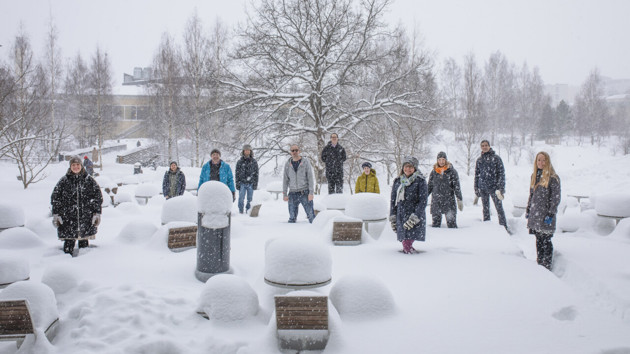
MIMS Group Leaders together at Umeå University campus in winter (2021).
MIMS Group Leaders
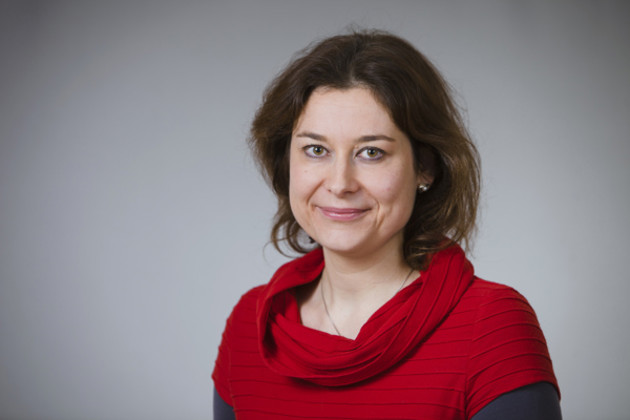
Andrea Puhar
Andrea Puhar
Extracellular ATP as a danger signal in intestinal infection.
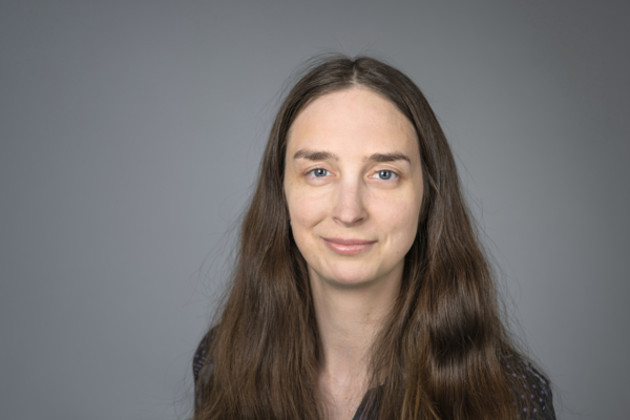
Barbara Sixt
Barbara Sixt
Cell-autonomous immunity and bacterial evasion strategies in Chlamydia trachomatis.

Björn Schröder
Björn Schröder
The intestinal mucosal barrier in health and disease.
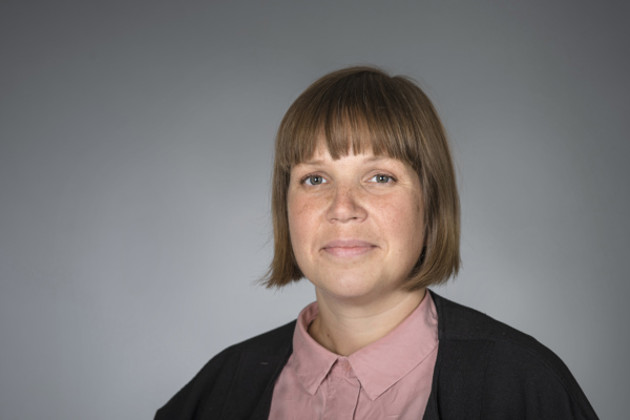
Ellen Bushell
Ellen Bushell
Parasite-host interactions driven by Plasmodium exported proteins.
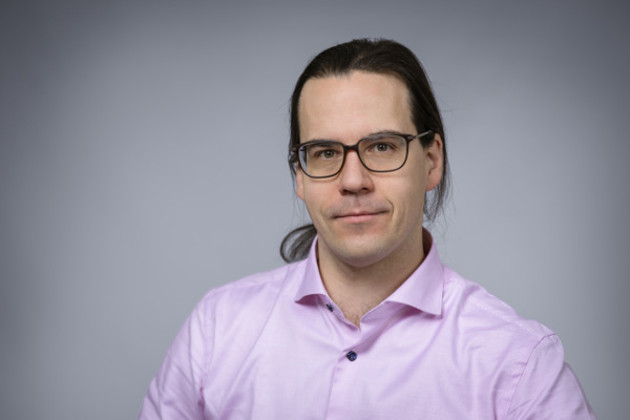
Johan Henriksson
Johan Henriksson
Understanding T-cell biology using high-throughput technology.
Research description
Andrea Puhar
We study the role of the endogenous danger signal (DAMP) extracellular ATP during intestinal infection and inflammation. We wish to understand how elements of the gut and the intestinal bacteria - both pathogens and commensals - regulate and respond to the dynamic appearance and disappearance of extracellular ATP and how this impacts the development of disease.
Barbara Sixt
Many pathogens colonise their hosts by invading cells and exploiting their interior as a hiding place or growth niche. To survive and thrive within a human cell, microbes need to evade the intrinsic defences of their host cell. My group’s research aims to understand the molecular mechanisms through which pathogens overcome these defences. Currently, we focus on Chlamydia trachomatis, an important bacterial agent of sexually transmitted diseases and blinding ocular infections.
Björn Schröder
Our focus is the intestinal mucosal barrier, which separates us from trillions of gut bacteria. Defects in this barrier are linked to infectious, inflammatory and metabolic disease, and some of those defects are caused by changes in the gut microbial community. As diet is the major factor that influences the composition of the gut bacteria, my group uses different in vivo and in vitro approaches to identify how specific diets affect mucosal barrier function through modulation of the gut bacteria. We focus on intestinal mucus and antimicrobial peptides, which can be considered as the electrical fence of the intestine.
Ellen Bushell
We are interested in how malaria parasites, Plasmodium berghei, interact with their host and how these interactions shape the course of infection and disease. Malaria parasites invade and replicate within red blood cells, which requires the parasites to completely transform the invaded cell. This is a process associated with extensive export of parasite proteins into the host cell. We systematically map out the genes that encode the exported parasite proteins that directly interact with the host by dissecting their molecular function. We do this by using reverse genetics to disrupt gene function and observe the resulting effect on parasite growth in vivo. The malaria parasite genome encodes 5000 genes, and we employ scalable methods that allow us to target hundreds of genes in parallel and thereby assign gene function across all the genome.
Johan Henriksson
Our group is developing new CRISPR and single-cell-based tools to dissect biological processes efficiently and at great detail. We are using these tools especially to understand CD4 T cells and how these can be reprogrammed for better immunotherapy.
Latest update: 2023-06-12 Page editor: nora.lehotai@umu.se







